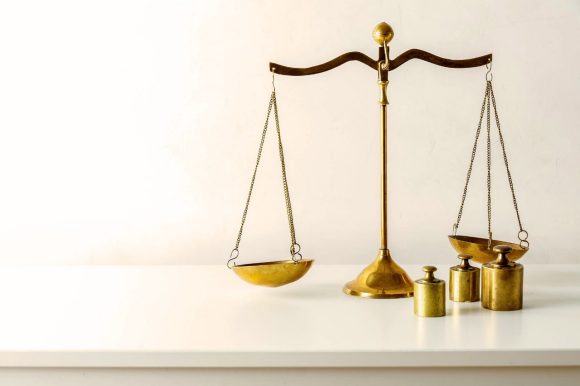Private retirement savings How many pillar 3a accounts make sense?
If you make regular payments into pillar 3a, you may wonder how many accounts make sense. This depends on a variety of factors.

According to the Swiss Federal Statistical Office, almost two-thirds of employed persons in Switzerland have a pillar 3a account. Young people also increasingly appreciate the benefits of the third pillar: one in three people pays into a private pension plan for the first time before the age of 25. Employed persons with a pillar 3a account can maintain their standard of living in old age and benefit from tax advantages every time they pay money in. But taxes play a major role when withdrawing capital too. You benefit most if you start saving early enough and spread your third- pillar savings between several accounts.
Breaking tax progression
Breaking tax progression
Retirement capital is taxed at a reduced rate when it is paid out. The rate is subject to a varying degree of tax progression depending on the canton: the more assets you withdraw, the higher the tax rate that is applied. It’s important to remember that you have to withdraw all the assets from a single pillar 3a account in one go, but if you open several accounts, they can be closed in different years. Neither the Federal Constitution nor the Federal Tax Administration specifies how many 3a accounts you can have. However, it is not possible to transfer saved partial amounts from one account to another. What’s more, unlike ordinary withdrawals in old age, only a certain proportion of pillar 3a assets can be withdrawn early to purchase residential property.
You can start withdrawing capital from the third pillar five years before reaching normal retirement age, i.e., currently from age 59 for women and 60 for men. With the introduction of AHV21, the withdrawal age for women will be gradually increased to 60 from 2025. Anyone who continues working for longer can postpone withdrawing assets by a maximum of five years beyond normal retirement age.
Tax calculator for pillar 3a withdrawals
Tax calculator for pillar 3a withdrawals
Do you want to know how retirement capital withdrawals will be taxed in your place of residence? Find out in just a few clicks with the corresponding tax calculator from UBS.
For tax reasons, you shouldn’t withdraw pillar 3a assets in the same year as receiving a lump-sum payment from your pension fund. Married couples and registered partners are best off setting up a joint plan for withdrawals from pillar 3a and possibly the second pillar.
Choosing the right number of accounts
Choosing the right number of accounts
Whether two, three or more 3a accounts make sense depends on various factors: on the one hand, the progression of capital payment tax can vary from canton to canton. On the other hand, some cantons restrict the number of withdrawals. It is therefore always advisable to check the current legislation and practice in the relevant canton before making a withdrawal plan. In addition, multiple accounts facilitate flexible liquidity planning in retirement. However, basing your decision about how many accounts to have solely on tax progression in your canton of residence carries a certain risk. If you move to another canton, you may be confronted with a different situation – and by then it may be too late to change course.
Appointment for a pension-planning consultation
Appointment for a pension-planning consultation
Do you have questions about the number of 3a accounts you should have or about pension planning and retirement in general? Arrange a consultation now at the branch of your choice.
In many cases, it’s worth opening another account for amounts of around CHF 50,000 or more.
As mentioned above, the theoretical maximum number of accounts is reduced by cantonal regulations, cantonal tax progression and the amount of 3a capital – if only a small amount has been paid in, the tax savings will also be lower. Since accounts closed by married couples and couples in registered partnerships in the same year are counted together, a large overlap in the withdrawal periods reduces the number of 3a accounts that make sense for couples. As a simple rule of thumb, two to three pillar 3a accounts per employed person are appropriate in most cases. You should discuss any other solutions in detail with tax specialists or with the experts at UBS.


